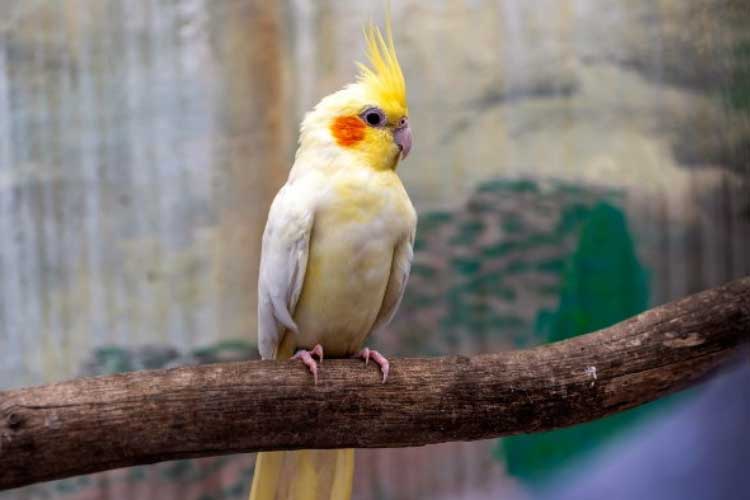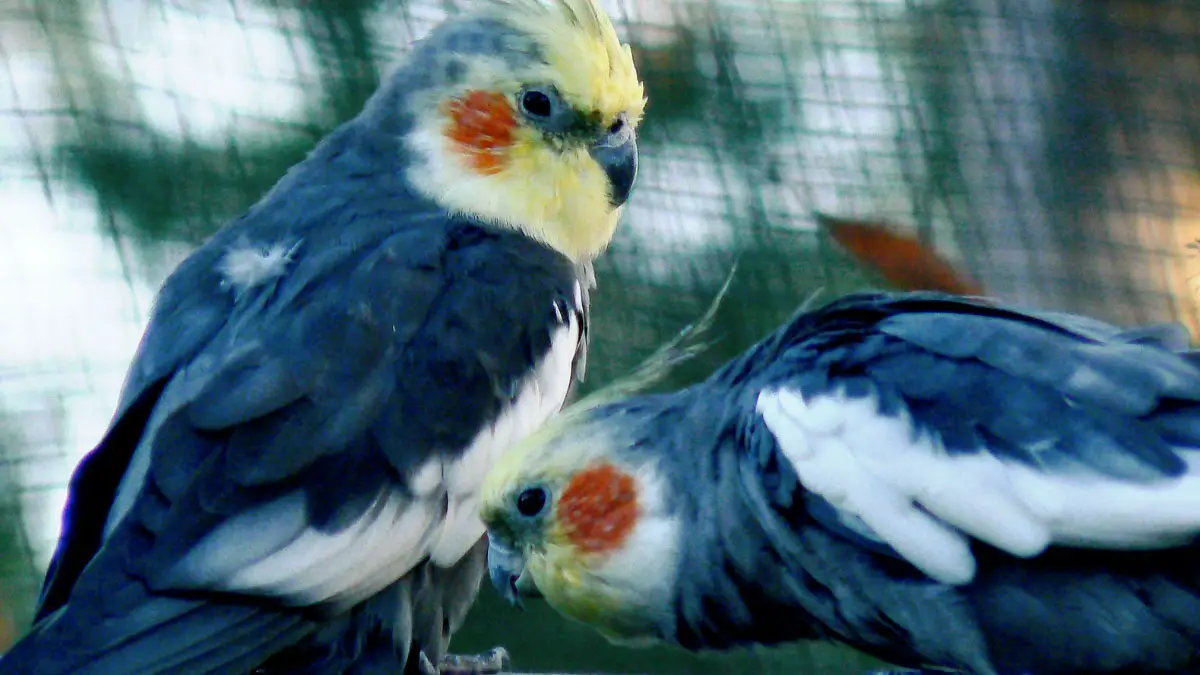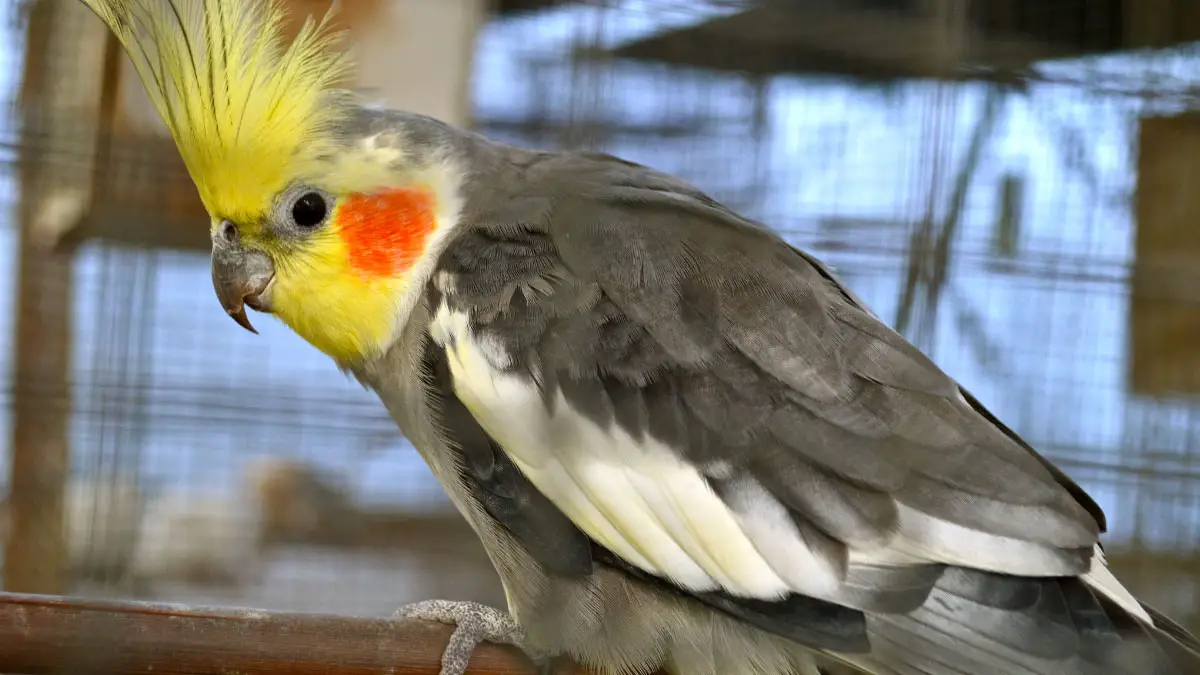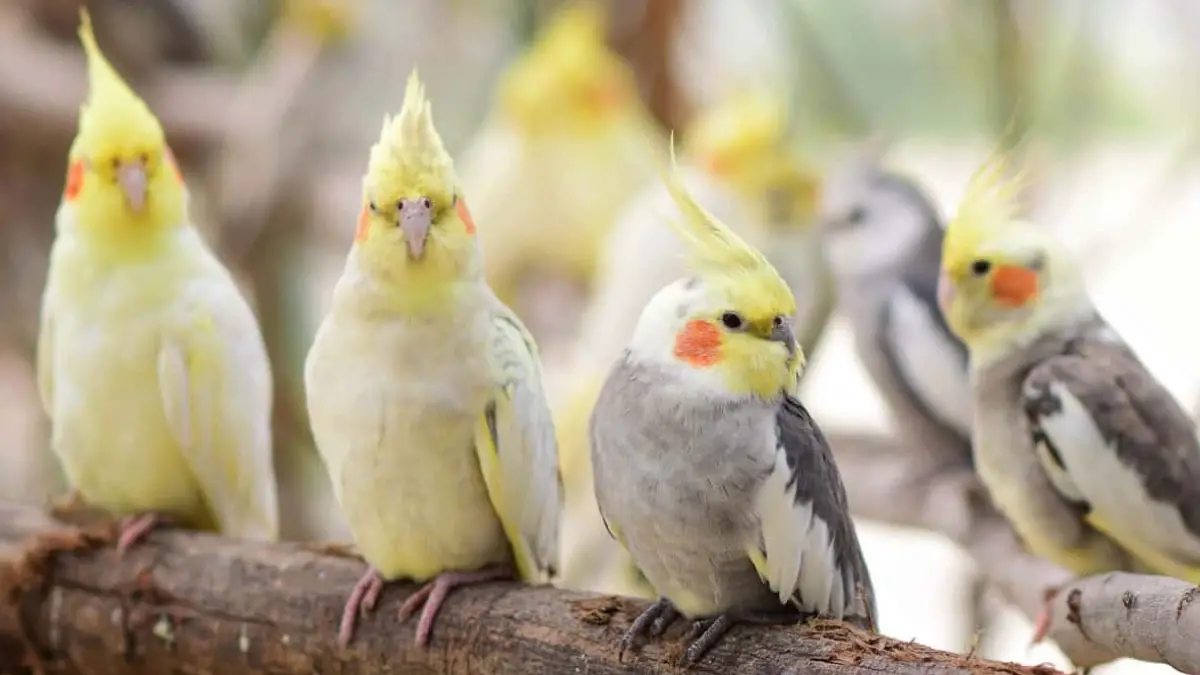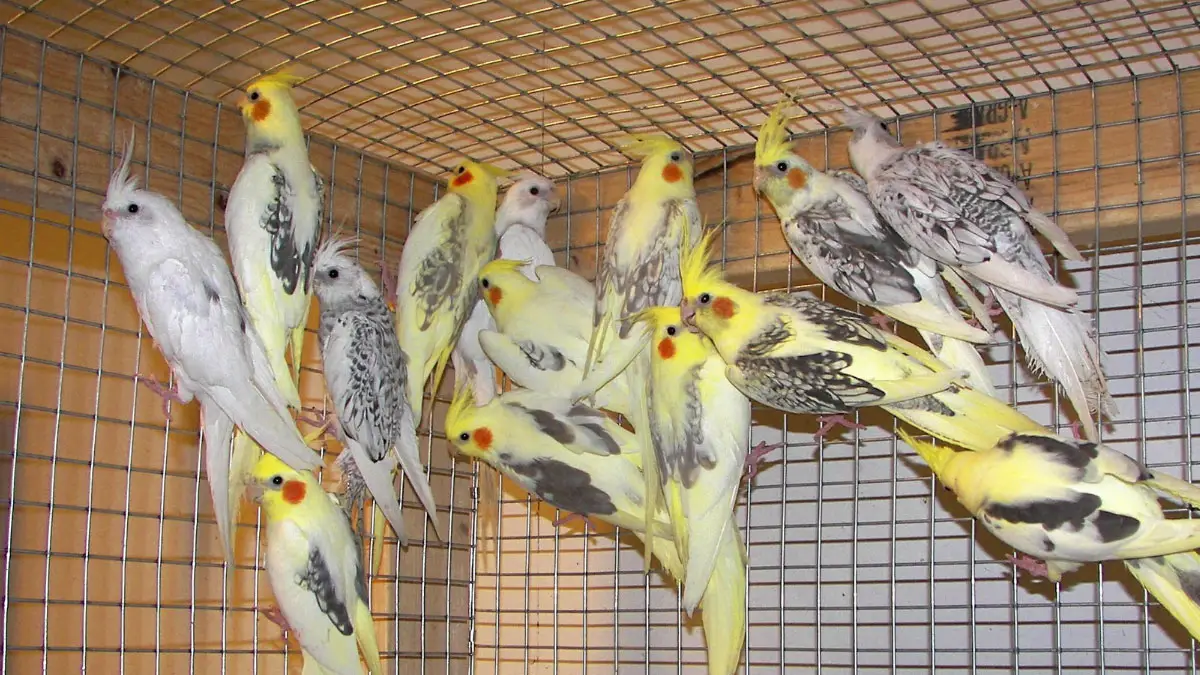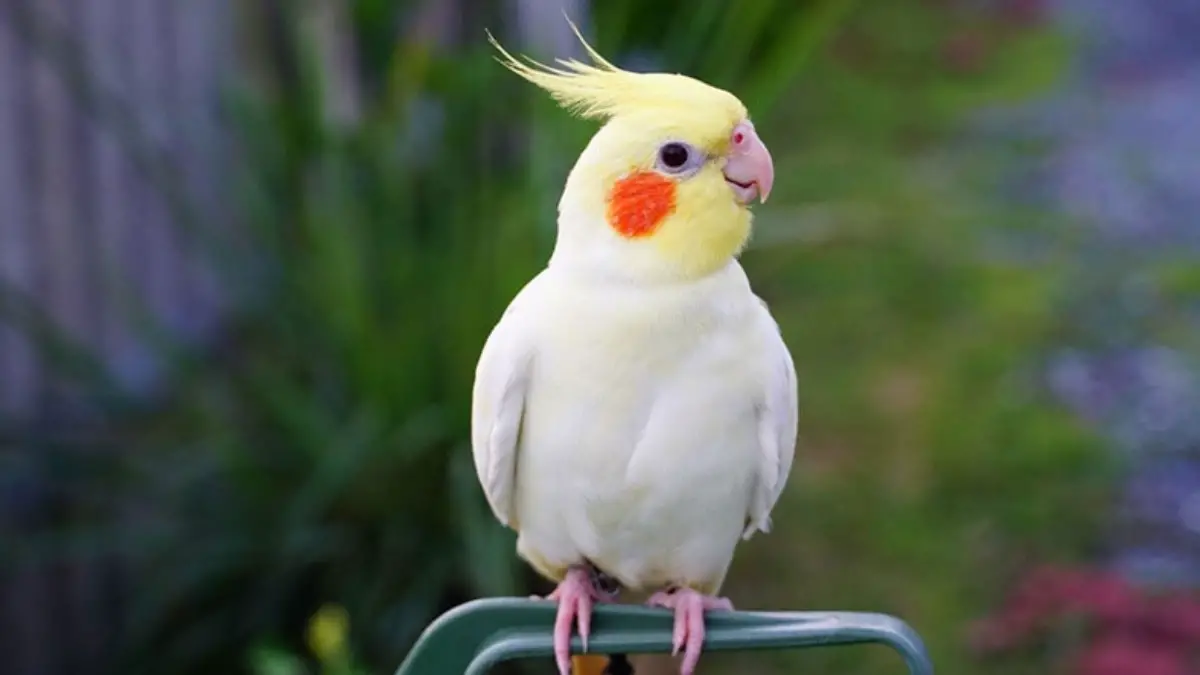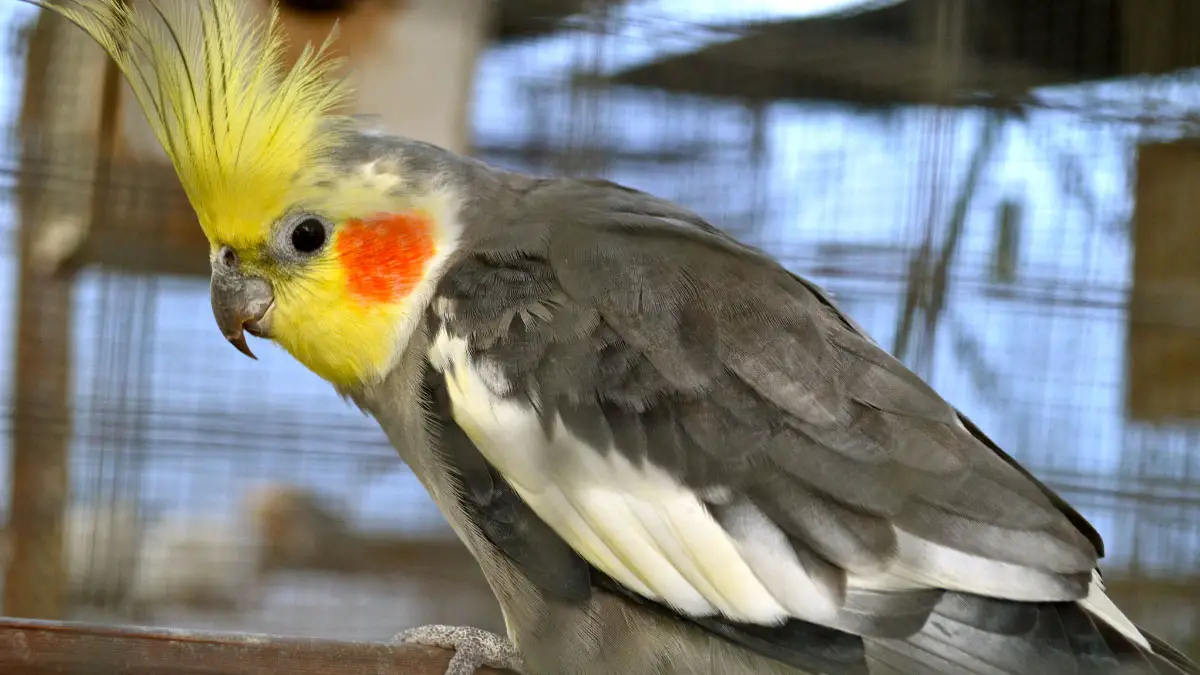The cockatiel is the smallest bird in the cockatoo family. Yet, you may find a few differences in their size, comparing one breed to another.
So, how big does a cockatiel get? The size varies from genes, habitat, nutrition, and care. With proper care and affection, a cockatiel will reach 12-13 inches and weigh between 90-120 grams.
Knowing about the size won’t just fulfill the motive that brought you here. You’ll know more about the lifestyle and food habits of the cockatiel further in this article. But first, let’s know how big is a fully grown cockatiel.
How Big is a Full-Grown Cockatiel?
Cockatiels are expected to show variations in the growth rate as per their breed and type. Depending on food and caring, you can expect your cockatiel size in cm to be 30.48-33.02 or 12-13 inches from head to tail
To weigh; they can be up to 120 grams or more. That also depends on how you take care of the bird.
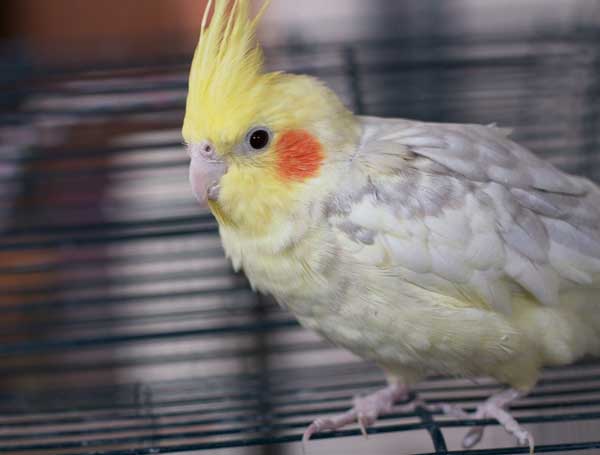
You can expect your cockatiel to complete its full growth within 6-12 months. Size variations do vary depending on your care for the bird. Again, that growth sums up through a definite period as per their ability to grow. Sometimes you’ll find it growing too fast or it is not showing much growth at all.
Let’s put an end to your concept regarding the growth of the cockatiel through different phases.
| Age of the Cockatiel | Weight of the Cockatiel | Size of the Cockatiel (length) |
| 3 – 6 days | 5-12 grams | 4- 5 inches |
| 1-2 weeks | 12-45 grams | 5-6 inches |
| 2-3 weeks | 45 – 72 grams | 6-7 inches |
| 3-4 weeks | 72-108 grams | 7-8 inches |
| 4-7 weeks | 80-120 grams | 8-9 inches |
| Seven weeks – 12 months | 90-120 grams | 9-12 inches |
| 12 months and more | 100-120 grams | 12-14 inches |
At What Age is Cockatiels Full-Grown?
12 months pass, and you can expect your cockatiel to grow fully. The dimension of the cockatiel is expected to reach its final stage after that; its weight reaches its peak.
For many cockatiels, the period tends to be 6-7 months. But 12 months is an ideal period to cherish your bird to become complete. And that makes you satisfied with the time and growth stage as well.
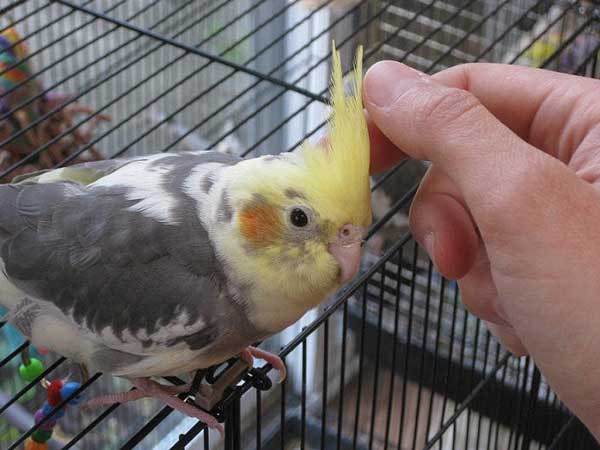
There are no obligations that your cockatiel will never grow after 12 months. It does. But that is quite rare; you can say exceptions. And that growth won’t be that much of significant on the overall cockatiel weight grams.
Again, don’t forget the mutation age of cockatiels. It doesn’t reach that stage of being sexually developed within 12 months only. It takes more for that. Our observations conclude that a cockatiel becomes sexually developed within 14-24 months. The stage is achieved in 14 months for males, while for females, it takes around 19 months.
Measure A Cockatiel
It is important for you to know how big your cockatiel is. If not regularly, but in a week or two, you can check the size of the cockatiel to know the growing phase of the bird.
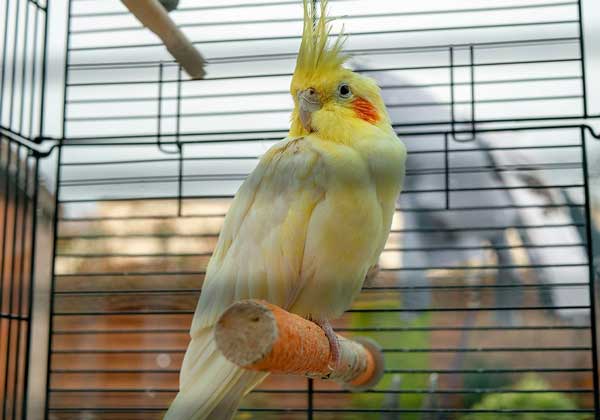
There are some ways you can check your cockatiel. That’ll give you a proper idea about its size, weight, and growth updates.
1. Gram Scale (For Weight)
Measuring cockatiel weight in grams shouldn’t be an issue because you are counting it in grams. So, the gram scale would be simple and ideal for the purpose. Less hassle and no complications.
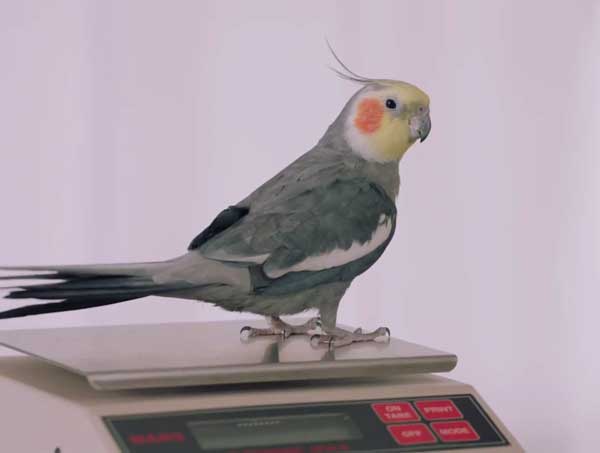
2. Measuring Tape (For Dimensions)
Using a measuring tape, you can easily measure the cockatiel’s circumference, height, and size. You just need to take the measurements correctly.
Putting the tape around the bird will give you a proper idea of its girth. Again, measuring from head to tail will tell you its length, and from ground to the head will say the height.
This is not expensive; the tape is available everywhere. Even at home, you might be having one. You can measure the cockatiel size in cm or inches.
3. At the Vet
All in one solution, the vet. You can do all the checkups on your cockatiel, including its health and ongoing food habitat. Weight and dimension can be measured easily by them.
But going to the vet is sometimes unnecessary. It’ll cost you more, and the journey would bring a lot of hassle like you got to carry the bird, the cage, and maybe the whole setup.
Better you do it yourself and give the cockatiel checkup at the vet only if required.
Facts that Impact the Cockatiel’s Size
You need to know the breed and upbringing of the cockatiel and its class. Because the gene matters here. It depends on the genes. Some of them grow fast, while others take time.
Again, your attention and care for the bird are significant factors. The more you care for your cockatiel, the more it remains happy and cheerful. That works to grow the cockatiel healthily.
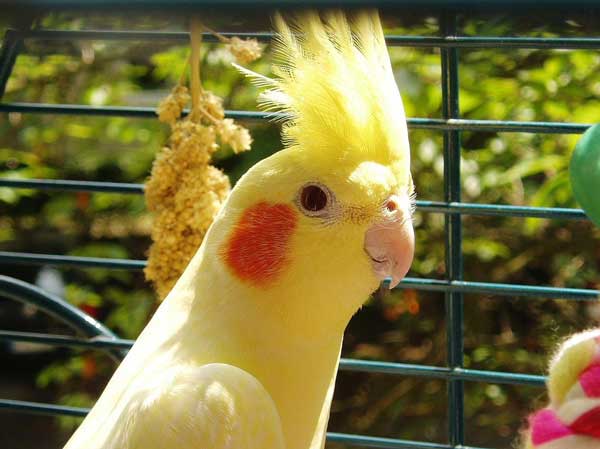
Lastly, the meal. The proper amount of nutrition in the bird’s food is a must. You can get the right foods from pet stores. After all, it lives fully on nutrition.
But keep in mind you don’t overfeed the bird. It will not be able to consume or swallow the excess food then. If that happens, it will start to choke and vomit out. Sometimes that leads to serious health issues.
Proper Diet for Cockatiel to Grow Perfectly
For proper growth and a healthy lifestyle, it is a must for you to ensure the best food habit for your cockatiel. And the goal meets when you provide the highest nutrition to the bird’s foods.
Make the meal full of pellets and seeds. Adding fruits and vegetables would be fantastic for the nutrition fulfillment of the bird.
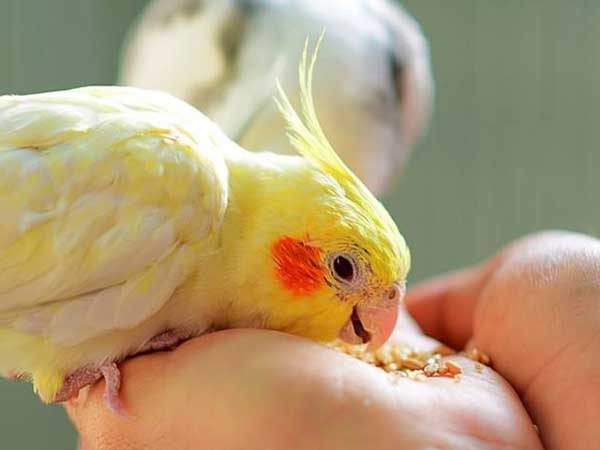
Sunflower seeds are quite favorite for cockatiels. They are rich in nutrition as well. Oats, cornmeal, and similar pellets can be an ideal choice here.
Make 75% of the meal with pellets and vegetables and 25% with seeds. Supply 30-40 grams of meals to the bird daily.
FAQs
This section is from some enthusiastic minds. It will help you to complete your perception through the questions.
The biggest cockatiel is around 16-17 inches. It may weigh 113-120 gm.
Cockatiels do recognize their owners, and they adapt very fast to that.
Keep the bowl of cockatiel three-quarters full every day. Refill them instantly when it gets empty. That’s for one cockatiel only.
A cockatiel should be bathed once or twice a week. If they are taken out, bathe them instantly after they return and reschedule the bathing.
Final Words
Before raising one, it is essential to know the size of a cockatiel. Because your whole raising and caring towards the cockatiel will be as per the limitation and reaching limit.
After that, you can make a well-arranged food plan and checkup schedule for your pet cockatiel. That’ll improve the bond between you and your bird, and that’s precisely what you’ve always wanted.
